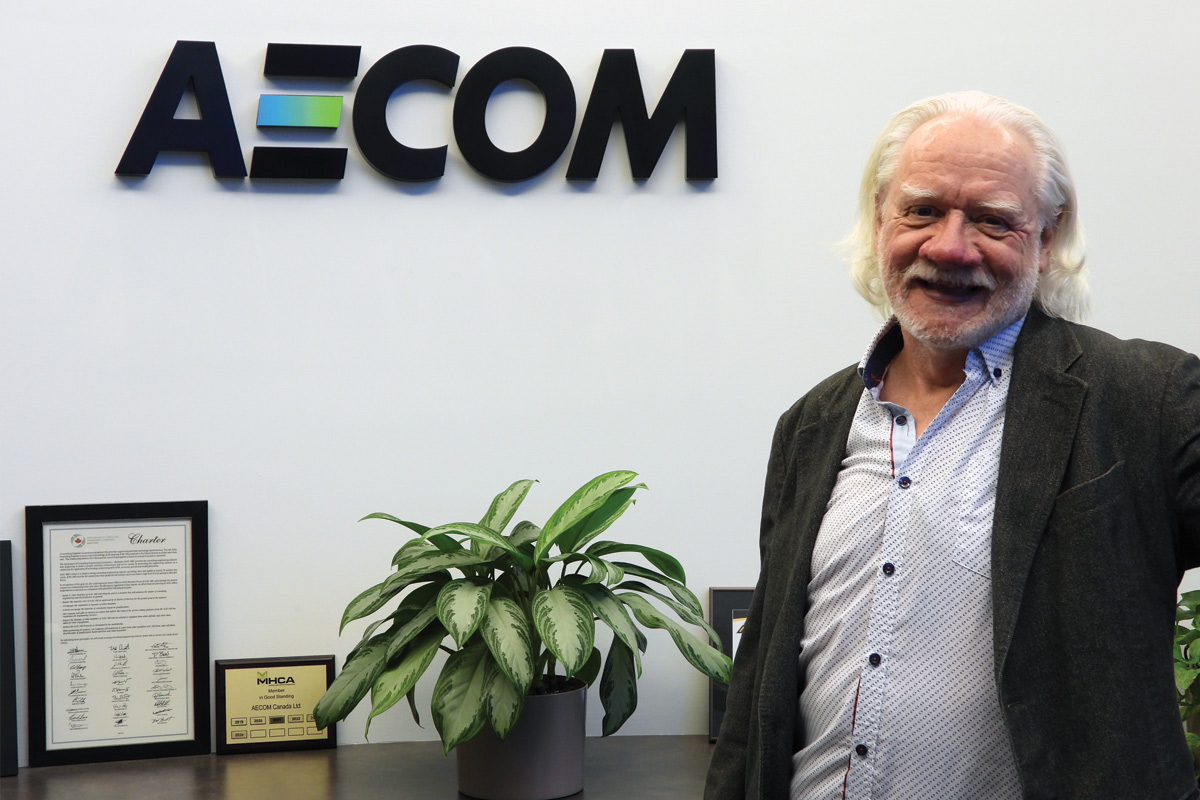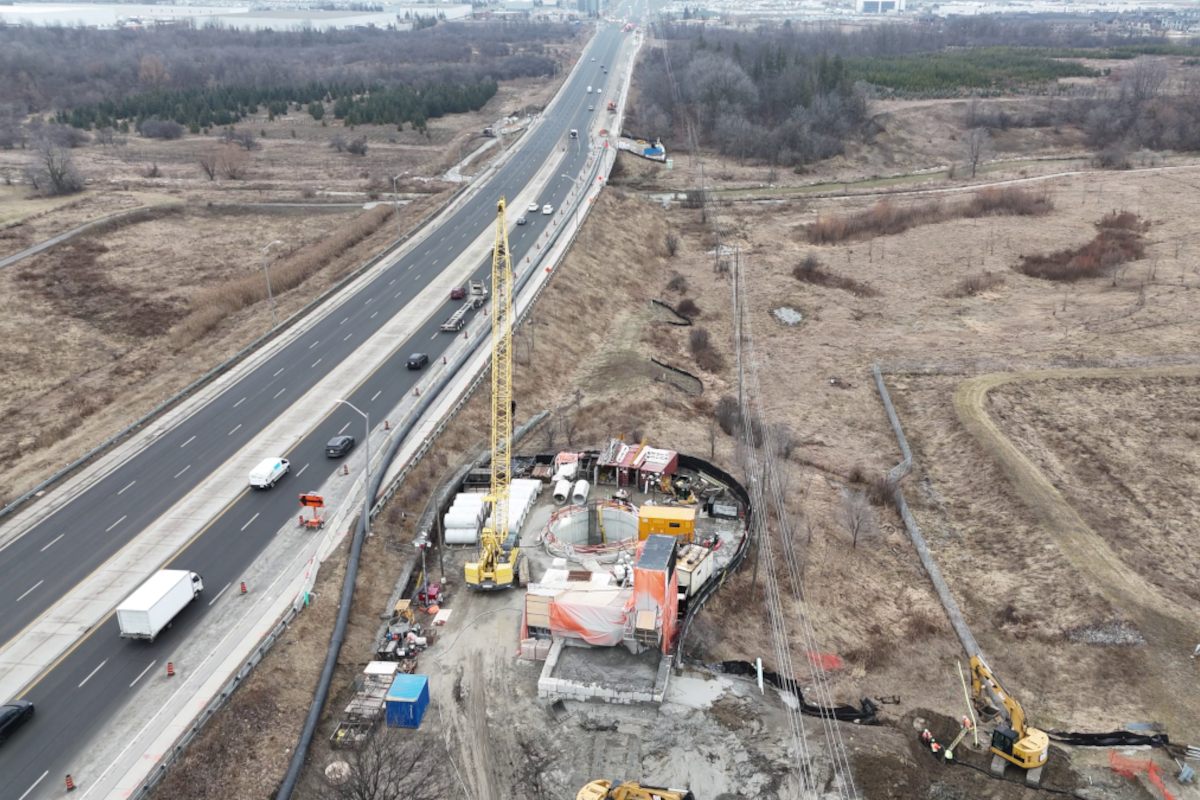
Trenchless Pioneers: Ian Moore, PhD, P.Eng
Trenchless Pioneers is a special monthly series sharing with readers the trailblazers who grew and expanded the trenchless industry.
One of the pioneers in terms of trenchless education and research is Dr. Ian Moore, a professor at Queen’s University and research director at the GeoEngineering Centre, a partnership between Queen’s University and the Royal Military College of Canada.

Dr. Moore earned his bachelor’s degree and doctorate in civil engineering from the University of Sydney in 1980 and 1986, respectively. In 1991, he moved to Canada to become a professor at Western University in London, Ontario —a decision that led him to trenchless technology.
“I remember attending a meeting in 1995 of the ASTM committee charged with writing standards for cured-in-place pipe (CIPP) liners. They were discussing the strange and frustrating behavior of liners observed during creep buckling experiments being performed at Louisianna Tech [University],” he says. “I recognized that the behavior was a result of the imperfection sensitivity that occurs for nonlinear buckling phenomena and went back to the University of Western Ontario to meet with my doctoral student at the time (Khaled El Sawy). I convinced him to adjust his doctoral topic, and, for the next two years, we investigated the effect of initial wavy imperfections, initial gaps, and then elliptical host pipe shape.”
The duo published their explanations of each of these phenomena leading to what Moore recalls as one of the highlights of his career – presenting a summary paper at the 1997 ASCE conference on Trenchless Applications in Boston.
“We used our theories to explain the weird experimental results – hopefully replacing confusion by clarity,” Moore says. “Key to all of this were the excellent discussions held with the other international experts on this topic – Drs. John Gumbel, Bernhard Falter, Jess Boot and Olivier Thépot – where we all learned from each other. Working in parallel over the space of about five years, we were able to advance this topic substantially.”
While he has logged many years of teaching and research, several research projects stand out to Moore.
There is the aforementioned CIPP liner work, which was supplemented by his studies with Michael Law explaining how earth load affects CIPP liners in cracked rigid sewers, which is now included in the French and ASCE design guidelines; a project for Clean Water Works to study impact of noncircular culvert geometry and vehicle loads; and his current project with WSP for the U.S. Department of Transportation (through the Transportation Research Board) to develop the AASHTO design guidelines for CIPP liners within corrugated steel and reinforced concrete culverts. The latter is in conjunction with graduate students Ata Babazadeh, Russell Jackson, Zahra Joneidi and Amin Tara.
On the new installation side of trenchless, Moore notes that he’s had a long-term interest in horizontal directional drilling (HDD). First, he focused on explaining the response of HDPE pipe during the cyclic loading it’s subjected to during installation and the creep and stress relaxation that occurs during its design life and then studying inadvertent returns.
Other key research includes performance of CIPP liners in pressure pipes, a large investigation of static pipe bursting, deterioration in corrugated steel and reinforced concrete culverts and cast-iron water pipes, the effects of soil erosion induced by ingress of groundwater, and a range of culvert and sewer repair technologies. He’s also conducted testing and analysis of sprayed cementitious liners to develop design methods for these sprayed liners.

“We now have design equations to predict the mud pressure that initiates mud transport from the borehole when drilling in clay, in sand, and in some stratified systems,” Moore says. “These allow us to know when mud loss is a result of unconfined plastic flow, or tension followed by hydraulic fracture.”
With years of research and involvement in the underground infrastructure construction industry, Moore’s mark is undeniable. How does he view that legacy? He points to the publications he’s produced, some which have had significant influence on engineering and design of systems, as well as the individuals he’s worked with whose efforts today may, “reflect in a small way, my training or guidance.”
He notes that he’s happy to be part of a team in Canada that has contributed to the greater good of the global trenchless industry. “Canada has been a significant contributor to expertise in trenchless construction – well beyond the size of our population,” he says. “A more comfortable way to see myself, then, is as a technically focused expert, who is one part of that high-quality Canadian team contributing to that extraordinary and outsized Canadian legacy.”
Mike Kezdi is the managing editor of Trenchless Technology.




